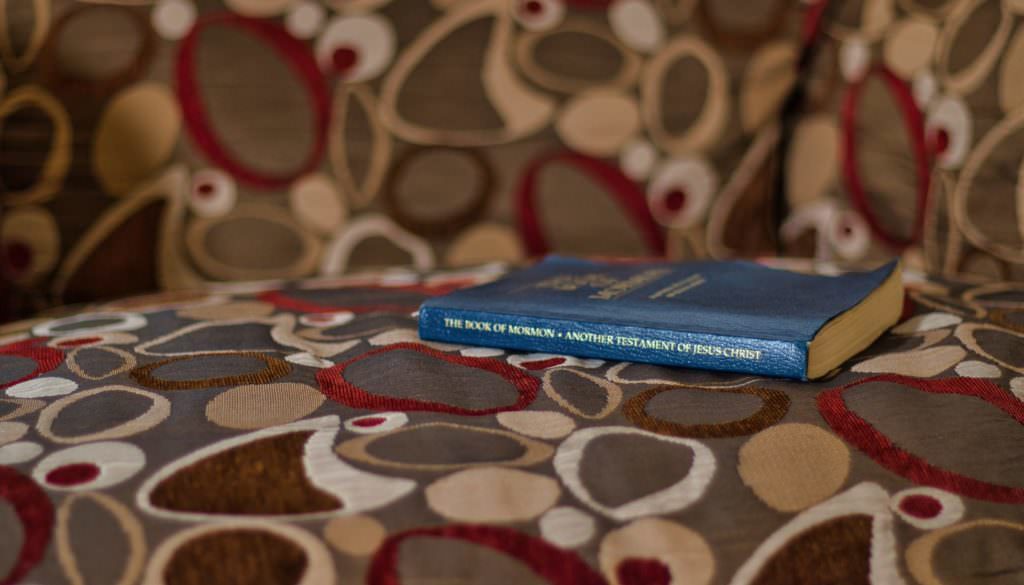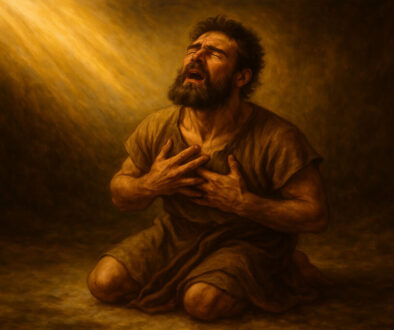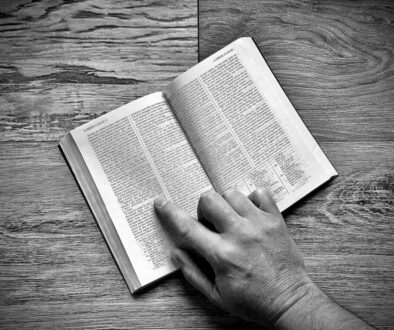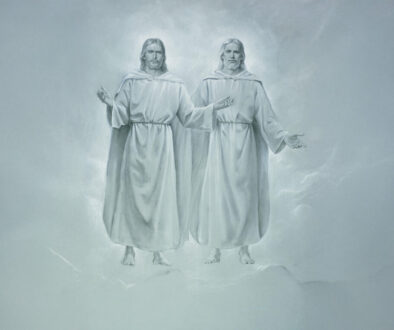What Exactly is the Book of Mormon?
What is the Book of Mormon?
I asked my 10-year-old daughter what the Book of Mormon is. She thought for a moment and said, “Some people talking about Jesus and their lives and some stuff like that.”
It made me smile. That simple answer came from a child who has grown up in a home where she’s heard stories from the Book of Mormon, memorized verses, and felt the Spirit while learning about Jesus Christ.
And honestly– she’s not wrong.
The Book of Mormon is a book of scripture, written by ancient prophets who lived on the American continent. It testifies of Jesus Christ, His divinity, His teachings, and His love for all people. Just like the Bible, it was written by real people with real experiences, trying to follow God and help others do the same.
The Church of Jesus Christ of Latter-day Saints has published a short and inspiring video that gives a beautiful introduction to what the Book of Mormon is and why it matters. If you’ve ever wondered what it’s about, this is a great place to start.
Unfortunately, a one-minute video isn’t quite long enough to truly capture what the Book of Mormon is.
I probably won’t do it justice either, but I’ll give it a try.
The History
The Book of Mormon is a compilation of the writings of prophets much like the prophets of the Bible.
The first prophet we meet in the Book of Mormon is Lehi. He lived in Jerusalem around 600 B.C., during the same time as the biblical prophet Jeremiah. Like Jeremiah, Lehi was warned by the Lord that the city would soon be destroyed. In response to this revelation, God commanded Lehi to take his family and flee into the wilderness.
Lehi and his family eventually reached the seashore. There, Lehi’s son Nephi (who is also the narrator of the first portion of the Book of Mormon) was instructed by the Lord on how to build a ship. Guided by divine direction, Nephi built the vessel, and the family set sail across the ocean to a promised land, which we now know as the American continent.
Establishing a Nation
Not all was well in Lehi’s family. His two eldest sons, Laman and Lemuel, were constant complainers. They resisted the journey almost every step of the way, often arguing with Nephi and even rebelling against their father’s leadership.
After the family arrived in the promised land, the tension between the brothers eventually led to a split. Laman and Lemuel took their families and separated from Nephi and those who followed him. Over time, these two groups became distinct civilizations: the Nephites, named after Nephi, and the Lamanites, named after Laman.
Throughout the centuries, God continued to call prophets among these people. One of those prophets was Enos, whose story is a powerful example of sincere prayer and personal conversion. (You can watch a video my family made about Enos here.)
The spiritual state of the people constantly shifted—righteousness would rise and fall with each generation. Conflict between the Nephites and Lamanites became a recurring theme, especially as pride and wickedness crept in.
A large portion of the Book of Mormon is dedicated to the writings of a prophet named Alma. His record includes inspiring teachings, personal conversion stories, and detailed accounts of numerous wars and political struggles between the Nephites and Lamanites.
Why the Book of Mormon is Another Testament of Jesus Christ
The crowning moment of the Book of Mormon is the visit of the resurrected Jesus Christ to the people on the American continent.
During His mortal ministry in Jerusalem, Christ said, “And other sheep I have, which are not of this fold: them also I must bring, and they shall hear my voice; and there shall be one fold, and one shepherd” (John 10:16).
Following his resurrection, Jesus Christ came to the American continent and ministered to the people for a short time. This sacred account can be found in 3 Nephi chapters 11 through 27 in the Book of Mormon.
For many years following Christ’s visit, there was peace in the land, However, that peace did not last. Over time, pride and contention crept back into the lives of the people. The Book of Mormon concludes with scenes of bloodshed and the complete destruction of the Nephite civilization.
One of the last surviving Nephites was Mormon, a prophet and historian. He was responsible for compiling all of the available records, which is why the book bears his name.
Mormon passed the plates to his son Moroni, who was the last prophet to write in the Book of Mormon. Moroni then hid the plates in the earth, burying them in a hill that would one day be located in what is now upstate New York.
How We Got the Book of Mormon
In 1823, Moroni appeared to Joseph Smith as a resurrected being and began instructing him regarding the ancient record he had buried centuries earlier. Over time, Moroni guided Joseph in obtaining and eventually translating the plates into what we now know as The Book of Mormon.
If you’re interested in learning more, I encourage you to read the series of posts I’ve written about Joseph Smith. These cover his early life, his miraculous vision of God the Father and Jesus Christ, the translation of the Book of Mormon, and the restoration of the Gospel of Jesus Christ in our day. The story begins with Getting to Know Joseph Part 1
In Conclusion
Rather than try to say it better myself, I’ll simply invite you to read the second half of the Introduction page in the Book of Mormon—it says it best.
Concerning this record the Prophet Joseph Smith said: “I told the brethren that the Book of Mormon was the most correct of any book on earth, and the keystone of our religion, and a man would get nearer to God by abiding by its precepts, than by any other book.”
In addition to Joseph Smith, the Lord provided for eleven others to see the gold plates for themselves and to be special witnesses of the truth and divinity of the Book of Mormon. Their written testimonies are included herewith as “The Testimony of Three Witnesses” and “The Testimony of Eight Witnesses.”
We invite all men everywhere to read the Book of Mormon, to ponder in their hearts the message it contains, and then to ask God, the Eternal Father, in the name of Christ if the book is true. Those who pursue this course and ask in faith will gain a testimony of its truth and divinity by the power of the Holy Ghost. (See Moroni 10:3–5.)
Those who gain this divine witness from the Holy Spirit will also come to know by the same power that Jesus Christ is the Savior of the world, that Joseph Smith is His revelator and prophet in these last days, and that The Church of Jesus Christ of Latter-day Saints is the Lord’s kingdom once again established on the earth, preparatory to the Second Coming of the Messiah.
Image Credit: Dallas Golden




